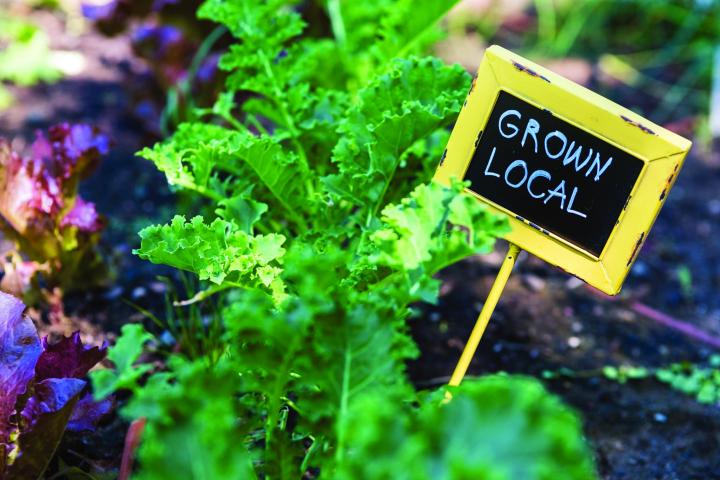Lacking a sunny yard or space for gardening? Be part of a community garden with like-minded souls! But also keep in mind some of the dos and don’ts of community gardening before you join up!
Many wanna-be gardeners are frustrated by a lack of space. Container gardening is fine for most things but if you really want to spread your gardening wings, turn to your local community garden.
Community gardens are not a new idea, victory gardens were popular in the US during WWI and II giving city residents a way to supplement the meager supply of fresh food. The 7-acre Fenway Victory Garden in Boston is still in use, offering space to over 500 gardeners.
World-wide community gardens in urban areas provide much of their city’s fresh produce. Community gardening is very popular in Great Britain where there are over 300,000 “allotments”, as their gardens are called. This practice dates back centuries there, when common land was divided up for use by the landless poor to grow food on.

Credit: Arina P Habich/Shutterstock
If you decide to put down your roots in a community garden, let’s make sure you avoid any faux pas my knowing the dos and don’ts:
Dos and Don’ts of Joining a Community Garden
- Take it seriously. This will be a simply set of rules and possibly even an agreement that you sign. For most gardens, it really just boils down to respecting your neighbor’s space.
- Speaking of space, rent a small plot to start! We all tend to be a little too ambitious when starting out and you don’t want your garden to turn to weeds.
- Maintain your spot and the paths around it. An untended plot can be taken away from you and given to someone else so let them know if you plan to be away for a while.
- Most community gardens are organic so check first before you add amendments and don’t spray any pesticides or herbicides that could drift into other gardens.
- Many gardens ban power tools so leave the weed whacker at home.
- Don’t plant tall plants like corn or sunflowers where they will cast shade on a neighboring plot. Some gardens have height limits on what can be grown.
- Be cautious with creeping vines, like those crazy winter squash, which could creep out of your space.
- Make sure you understand if your gardens are plowed up, turned over, or assigned to a different gardener every year. If so, you may not want to plant perennials!
- No smoking! Tobacco products can transmit a deadly virus to tomatoes.
- Keep the site clean! Pick up trash, even if it isn’t yours.
- Obey the watering rules. Some gardens don’t want hoses being dragged around and only allow watering cans. Be sure to shut off the water when you are done.
- Check before erecting any type of fencing.
- Don’t mess with another person’s plot, even if you think you are helping. And don’t borrow their tools unless you ask!
- No stealing! Even if it seems like produce is going to waste in another plot, ask permission before picking.
- Leave the pets at home.
- Keep an eye on the kids and any guests you bring to the garden.
- No booze, drugs, fires, loud music, or weapons please!
- Garden only during daylight hours for your own safety. Most gardens have a dawn to dusk rule.
- At the end of the season, clean up your plot so it is ready for next year.
Many community gardens need you to pitch in and help with communal chores like mowing, hauling in supplies, maintaining tools, turning compost, etc. Do your fair share and be a good community gardener.

Credit: WaveBreak/Shutterstock
Finding a Community Garden
One way to find an already-established community garden is to go the American Community Gardening Association (ACGA) web site and search their gardens map.
If there is no community garden in your area, perhaps there is an available space within your own neighborhood. Even better, perhaps there are other neighbors who are interested in joining you with this endeavor. Speak to your neighborhood association or a local municipal about a public or unused space. You can also contact your local cooperative extension.
What any garden space will need is:
- Sunshine! You need 6 hours or more.
- Fairly flat land that has normal soil without a lot of debris.
- A source of available water nearby.
If your space fulfills the main requirements, you’ll want to have a soil test to better understand the soil’s pH and fertility. And you may wish to have the site tested for pollutants such as heavy metals.
A community garden, however, mainly boils down to being a good neighbor. In return, you receive so many benefits—beautifying green space, the chance to build community, and the taste of tender lettuce or garden-ripe tomatoes!
To read more about the benefits, read my last post, Why Join a Community Garden?
Comments